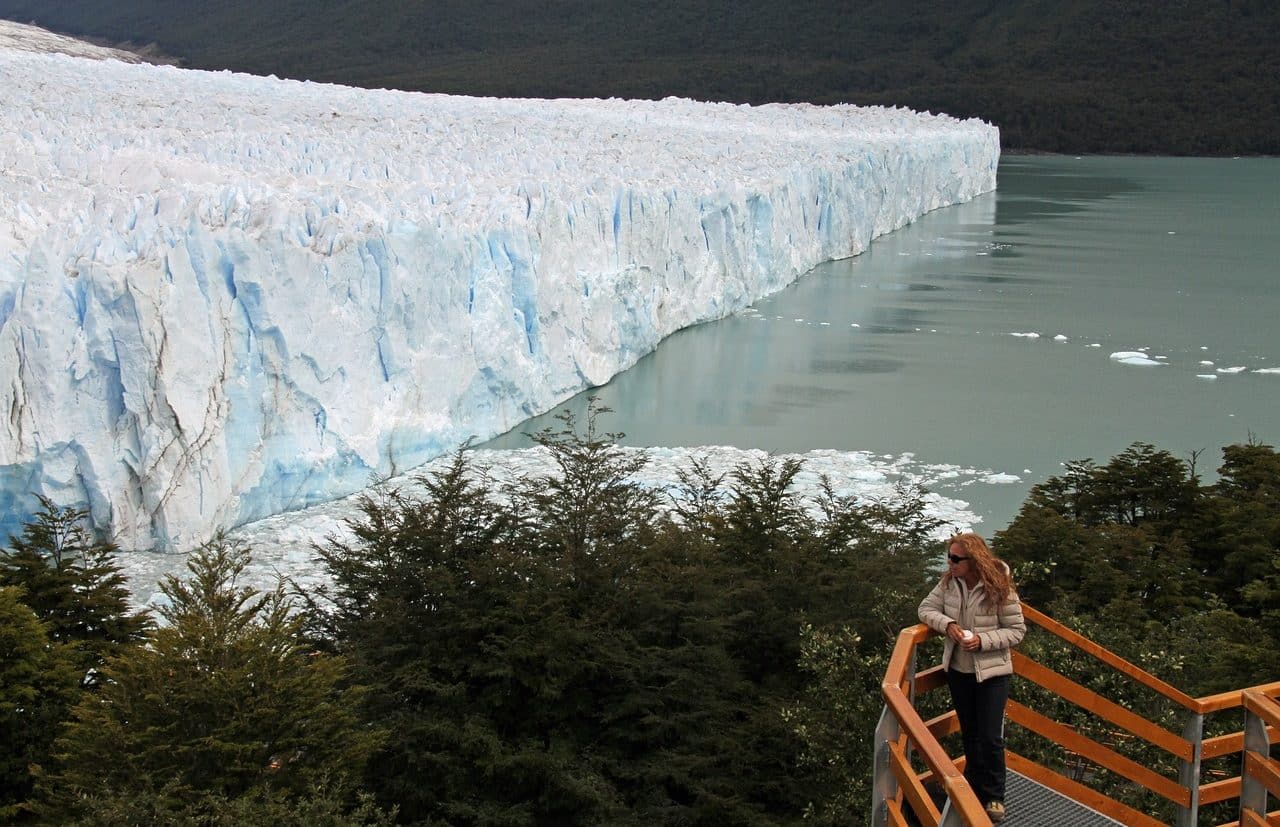
Patagonia is a region shared by Argentina and Chile that is located in southern America.
Patagonia is the name given to an area located in southern America shared by Chile and Argentina . The western part belongs to Chile , while the eastern region is part of Argentine territory.
Although the limits of Patagonia are often under discussion, in general almost 76% of the region is attributed to Argentina , leaving the remaining 24% for Chile . Chilean Patagonia and Argentine Patagonia are separated by the Andes Mountains.
It should be noted that the word Patagonia comes from Patagonians , which is the name that the Europeans gave to the aboriginal people they found in these lands. This ethnic group is also known as Tehuelche .
Due to its geographical location, relatively close to the South Pole , Patagonia has a very cold climate . Snowfall is usually abundant during winter, and lakes and other waterways can even freeze.
Tourism in Patagonia
Today, Patagonia is one of the most important tourist centers in America . The beauty of its landscapes (with mountains, valleys, lakes and rivers), the European-style architecture, the gastronomy and the possibility of practicing various sports (such as skiing, fishing and mountaineering) are some of the reasons that attract thousands of tourists to tour the region every year.
San Carlos de Bariloche is the most important city in Argentine Patagonia . Its Civic Center , Cerro Catedral and Lake Nahuel Huapi are among its main attractions. In Chile , the city of Punta Arenas stands out, with more than 130,000 inhabitants.

In Patagonia there are numerous glaciers.
Points of interest
The beauty of Patagonia is typical of a fairy tale, although it could be said that fiction is often inspired by landscapes as incredible as these, and that most people cannot appreciate up close or do not know they exist. Let's see below some of the treasures that Patagonia has to offer:
- The myrtle forest : as if straight out of a fantastic story, this forest is populated with myrtle trees, a type of tree that only grows in Chile and Argentina and which, from its appearance, seems as if it could start talking at any moment, like A character from a story would do it. The island on which this peculiar landscape is located is in Lake Nahuel Huapi .
- The Upsala Glacier : This is a mass of ice that measures 53 kilometers long and 13 wide. Its front part is made up of thousands of ice peaks whose height reaches 40 meters. It is the third ice wall in South America and belongs to the Los Glaciares National Park , in Argentina .
- Lake Pehoé : Lovers of JRR Tolkien 's literature claim that Lake Pehoé recalls the landscapes of Middle-earth , the fictional continent in which most of his works take place. It is located in Chilean territory, near the Paine horns and with very changing climatic conditions, something that renews its appearance frequently.
- The marble cathedral : in the Chilean region of Aysén , on the shores of Lake General Carrera , there is an imposing rock formation that was shaped by erosion, which has been called a "natural cathedral " given its appearance and the feeling of peace that it It is experienced when entering its structure. The reflections of the water on its internal walls are truly impressive.
- The Gray Glacier : As if it had been painted, the Gray Glacier presents a wonderful combination of colors and shades that leave its visitors speechless. No matter the time of day or the distance from which you wish to appreciate it, it is one of the treasures of Chilean Patagonia that should not be overlooked.
